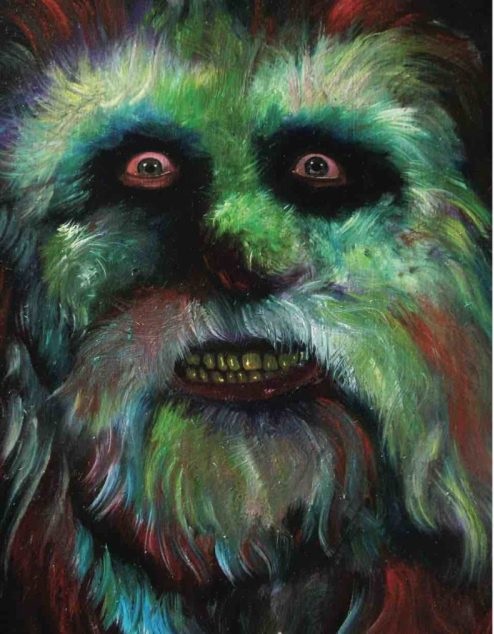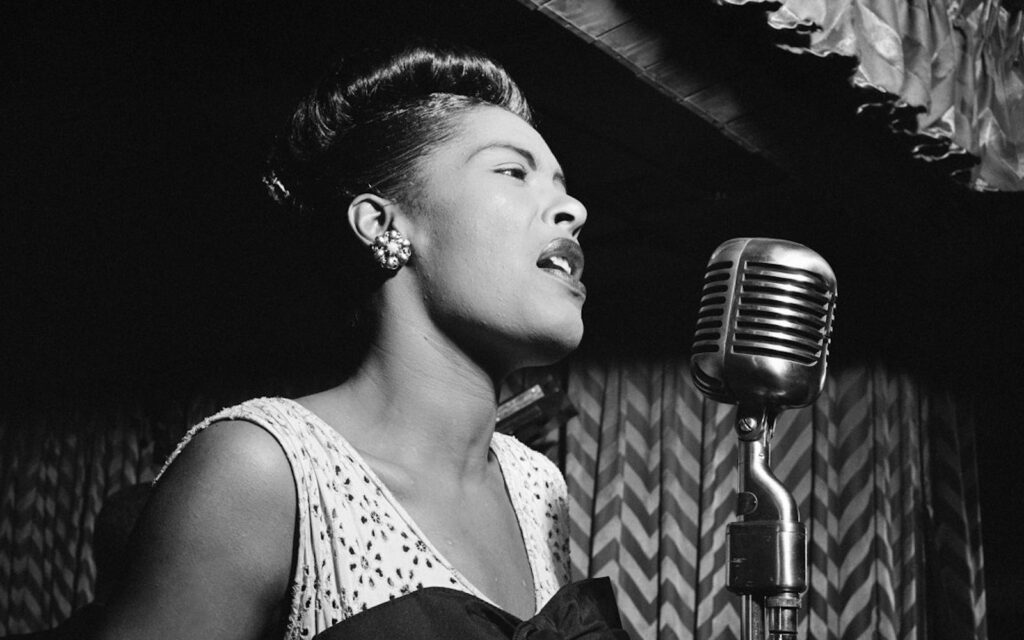LCD Soundsystem’s first album in seven years kicks off with a filtered arpeggiating synth and heavy synth bass that immediately recalls their past. Oh Baby, sees bandleader James Murphy step further into ‘80s pop mode than ever before. With a massively reverberant snare and swirling keys, the song maintains a strong pulse, as Murphy leans crooning into the mike, his ever-imperfect voice having gained a delicate, emotive quality with age, capable of communicating both sorrow and the authority of his years.
Just as a band have all the time in the world to come up with their first album, when done correctly the reunion album also benefits from a long gestation period. Oh Baby serves as an indication of what is to come over American Dream’s carefully constructed 11 tracks, with each one embracing the sound and eccentric energy of LCD Soundsystem, and some even standing out as being among their best work.
Murphy singing more than ever before here – such as on The Smiths-style track I Used To – and uncharacteristically embracing traditional pop structures while managing to remain original.
Although never really a dance band, the electronic element of LCD has always been pronounced, but this time around they have purposed it with restraint. Even during moments where a heavy beat is given prominence, such as on the nine-minute How Do You Sleep or single Tonite, the dance elements are apportioned as just one piece of their dynamic, and very human, sound.
Call The Police has the kind of perfect melody that feels instantly familiar – a rare currency in the world of pop music. The multi-layered guitars and keys show a rewarding attention to detail in the track’s construction, and the way that the slightly odder sounds of those instruments are used in a catchy, almost stadium rock song is a reminder of Murphy’s Bowie obsession.
The title track is a slow burning meditation on regret and wasted time, filled with space-y synths that serve as a juxtaposition to the lyrics by suggesting the enormity of the universe.
Closer Black Screen’s sparse beat gives way around the halfway mark, leaving Murphy’s effected vocal to disappear into a beautiful soundscape of synths and melodic piano for the remainder of the track’s 12 minutes. It’s a remarkable note to end on, and an indication of the amount of thought and originality that has gone into creating one of the year’s standout releases.







